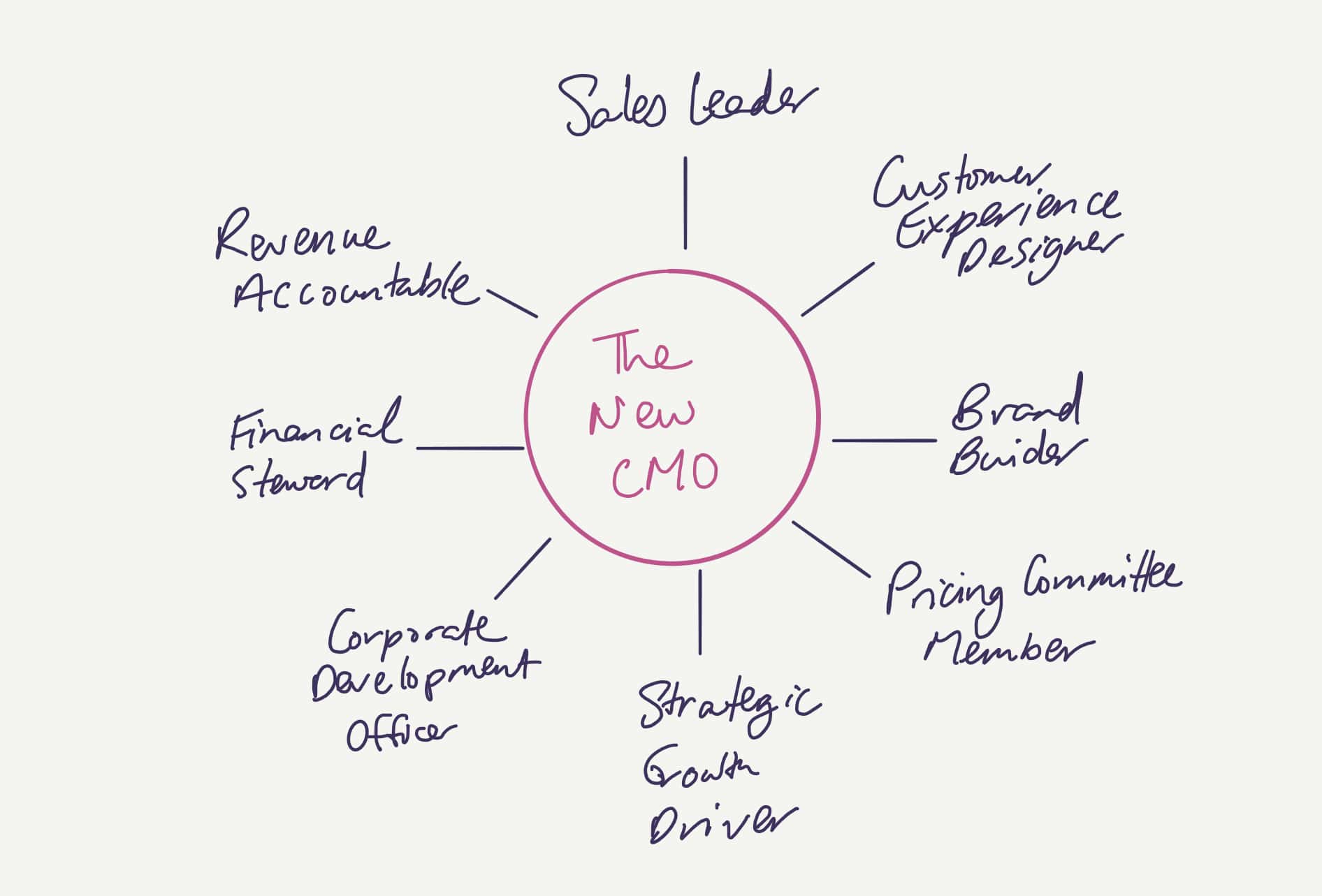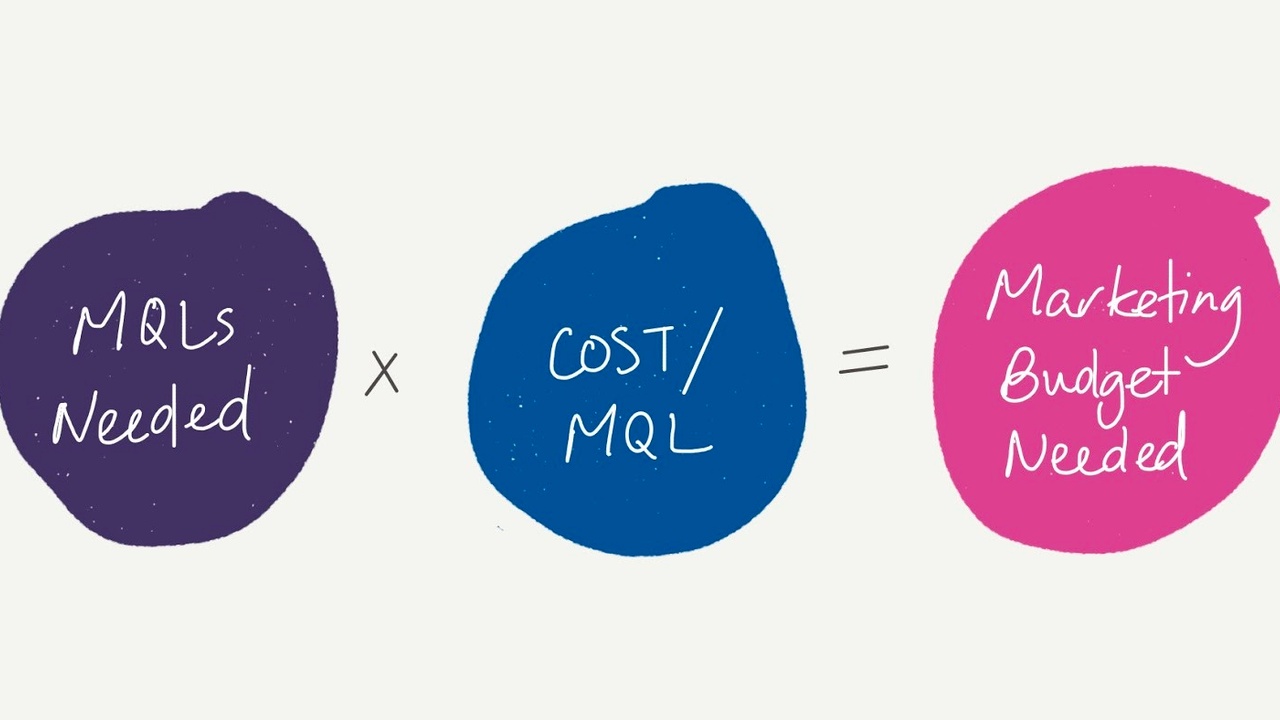Crossing the Chasm to CMO

A lot of marketer's careers reach a chasm at the manager / director stage. Making it to a VP of Marketing / CMO is often met with the excuse that companies are looking for people who have been there before.
It's a bit of a chicken and egg problem. How do you land that first VP of Marketing or CMO role if you've never been CMO?
While experience is valuable, it can be short-circuited. The real value to develop is an understanding of the following:
1) Connecting business strategy to marketing strategy, understanding the whole picture of the business and how marketing fits into it.
2) Connecting marketing to business results and expectations so that marketing is working towards the same objectives as the business
3) Leading the partnership with sales to ensure alignment on Go-To-market
4) Deep partnership with product to drive growth from product initiatives
5) Leveraging data and building a relationship with the CFO and finance team
6) Drive the brand narrative forward with the ...
Marketing Spend Breakdown

Marketing program spend and headcount should almost never be equivalent.
In most companies where these numbers are equivalent, it's not that the team is too large...it's that the program and campaign spend is too little.
The key questions marketing leaders need to answer in these organizations:
- Where would additional spend go?
- What is the potential impact to the business?
- How can our existing team amplify its efforts with more spend?
- Who will we need to additionally hire as we spend more?
And most importantly: What happens if we don't do this?
The New CMO

The 8 roles all new CMOs need to play:
- Be revenue accountable and tie all activities to revenue impact
- Be one of the key leaders on the sales side of the business to understand how to impact revenue even more
- Be the designer of customer experiences throughout the full journey
- Be a brand builder and category creator
- Be a member / leader of the pricing committee
- Be a driver of strategic growth initiatives, including involvement in product management
- Be a corporate development officer to support M&A activities of the company
- Be a financial steward who ensures delivery of growth and EBITDA
To learn more about hiring CMOs and other marketing leaders for portfolio companies, read our full article: How to Hire Marketing Leaders for PE-Backed Companies.
GTM vs. CAC vs. Price

There's a reason why two products that bring roughly the same value are often priced very differently.
Chosen Go-To-Market models drastically impact your Customer Acquisition Costs.
If you have a highly expensive, enterprise sales team, you inevitably have to charge more for your product to keep your CAC in check.
Conversely, if you can go-to-market with a low-touch (or even no touch) model, you bring those acquisition costs down significantly and can pass along the savings to your customers in the form of a lower price.
That's the key: customers win when you have a more efficient Go-To-Market.
Better marketing -> Better unit economics -> Lower price -> Customers win -> Higher satisfaction -> Larger market to capture.
Content Demand Cycle

Content and Demand are deeply intertwined. That’s why both need investment.
Content builds the brand over time and can create entirely new categories. As more content is produced, demand inevitably increases.
Either there’s more overall demand in the category because of the content or the content positions you to capture more of the existing demand.
As more demand is generated, you are able to be more cash-flow positive. Each additional deal increases the ROI of content and demand gen campaigns. And each deal impacted by content lowers your CAC.
This gives you the ability to reinvest your dollars more efficiently and confidently into content to further grow the category and brand over time.
This is the flywheel of good marketing. The best companies in the world understand it.
You only need to be patient enough to start investing in it.
Marketing Budget Needed


There's a far too prevalent paradox of expectations in some companies when sales projections are made by boards and executive teams: Ambitious sales targets are set but the marketing budget stays the same.
How is this a realistic expectation?
On the one hand, we want to close more deals. We also know that to close more deals, we need more good fit customers to walk in the door.
On the other hand, we are not willing to invest the time, effort and resources required to have those people walk in the door.
This is how some companies put marketing in a position to fail. It is also how some companies strand salespeople with quotas that can never be hit.
What marketing can do better here is to explain how it's budget is currently performing and then bring that data to the board level and explain why more budget is needed BEFORE those ambitious sales targets are set.
The marketers who can't do this are left feeling like second-class citizens constantly fighting an uphill battle interna...
High ROI Marketing Activities

Marketing budgets of so many companies are shockingly upside down.
Activities like Events and Trade Shows that have huge upfront investments and low ROI get more than half the marketing budget in many cases.
The same companies put out a press release (that no one really reads in today's world anymore) every time something happens.
Meanwhile, areas like Paid Media and Content are heavily under-funded, despite their potential to deliver high ROI.
Granted, Low Effort / High ROI paid media campaigns will likely attract many competitors as well. But they're a heck of a lot better than spending $25,000 on a booth + travel and expenses for 10 people to go to an event where every competitor has a booth as well.
Content is the Blue Ocean opportunity -- where most competitors don't venture because of the effort required. It's not easy and it takes talent + expertise to emerge as the winner when publishing content in an industry. It is also where the asymmetric returns exist for most compa...
NPS Promoters

Identifying who loves your product is critical to where you invest your marketing dollars. What good is a Closed Won deal if the type of customer you bring in hates using your solution or churns in 120 days?
This is why marketers need to make a conscious effort to be connect to their product teams.
1) Understand who ends up being an NPS promoter for what you sell
2) Understand their characteristics? Are there underlying themes like in industry, vertical, role, region, size, pricing plan etc.?
3) Refine your TAM -- maybe some identified markets are not ideal for your solution after all
4) Go back to your marketing efforts and adjust to focus on the best fit customers
5) Repeat
This is how marketing shifts from a one-size-fits-all approach that is trying to please everyone to being focused on the people who we know we can serve and serve well.
Customer Obsession

Too many companies obsess over what their competitors are doing 😴, what feature they've released, what their product looks like, how they're doing marketing.
Such an obsession inevitably leads to the commoditization of products and businesses, none of which have a real differentiator.
What if instead we focused on our customers, what they're telling us and think about how we want to serve them differently?
Also, notice how I said differently, not better. Everyone wants to be better than their competition. That's how the obsession with competition begins.
In an infinite game, better is irrelevant. Just obsess over serving your customers in your unique way and you'll get farther than you ever have. ✌️
PQL Milestones

Product Qualified Leads are one of the most under-leveraged data points used by marketers, especially in low-touch sales models.
If we can identify 4-5 key milestones, we can then track if marketing is bringing in people who take those actions.
Identifying the right milestones is critical. For example, by analyzing product metrics, Shopify may know that people who connect their Stripe account are 200% more likely to become a paid customer (this is just a guess). Some other examples:
Freshbooks: Sending your first invoice
Wix: Setting up a custom domain
Mailchimp: Sending your first email
Hootsuite: Scheduling 3 posts
Hubspot: Uploading your customer list
It could be that one milestone supersedes all. It could also be that a combination of milestones cause a prospect to cross the PQL threshold.
But these milestones highlight marketing’s role beyond just interacting with sales.
In such models, marketing needs to be connected with product teams to gather these metrics and connect them t...



